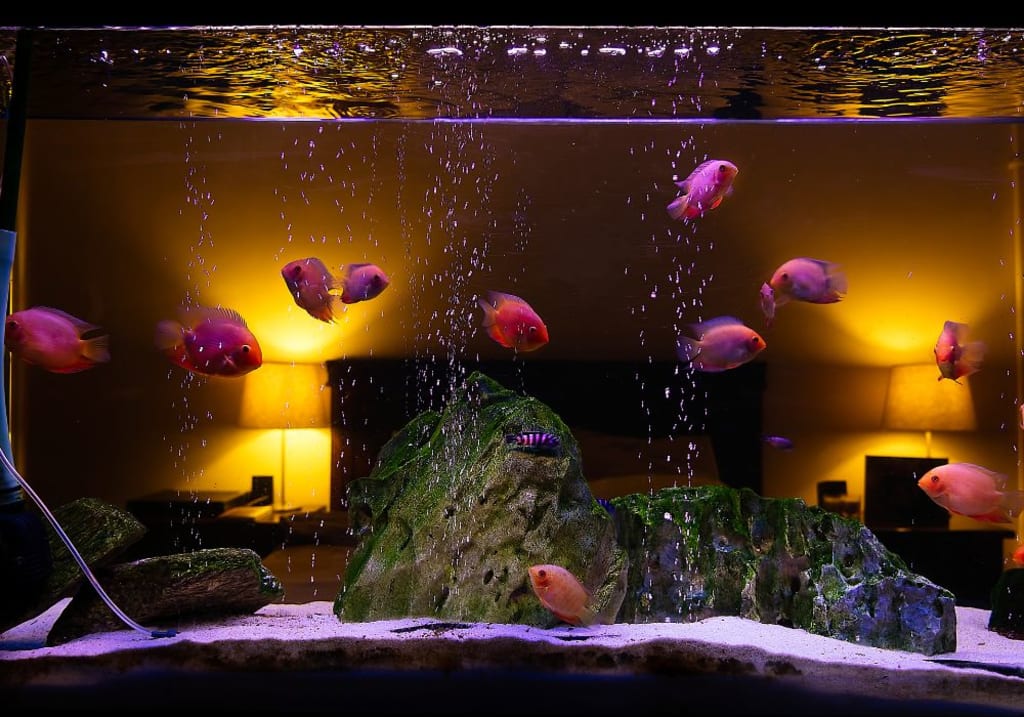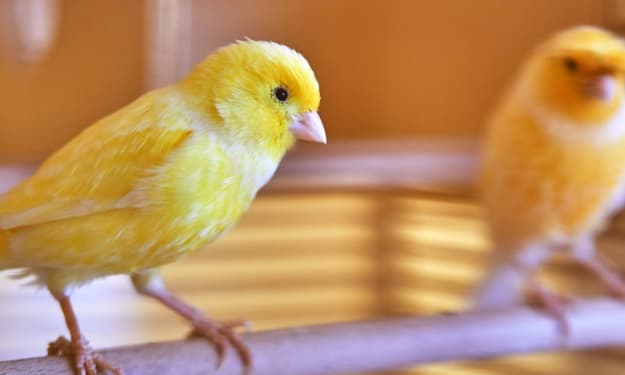Fish Tank Cycling for Beginners
A Step-by-Step Guide to a Healthy Aquarium

Setting up a fish tank can be an exciting and rewarding hobby, but it's crucial to understand the concept of fish tank cycling before introducing your aquatic friends to their new home. Fish tank cycling, also known as biological cycling, is the process of establishing a healthy balance of beneficial bacteria in your aquarium. This balance is essential for maintaining water quality and ensuring the long-term health of your fish. In this comprehensive guide, we'll walk you through the fish tank cycling process, providing valuable insights and practical tips for beginners.
What is Fish Tank Cycling?
Fish tank cycling is the process of establishing a balanced ecosystem in your aquarium. This balance is achieved by introducing beneficial bacteria that break down waste products, such as ammonia and nitrite, into harmless compounds. The cycling process typically involves three stages:
- Ammonia Phase: In this initial stage, the tank is filled with water and the first batch of fish is introduced. The fish produce ammonia as a waste product, which is toxic to them in high concentrations.
- Nitrite Phase: As the beneficial bacteria start to colonize the tank, they convert the ammonia into nitrite. Nitrite is also toxic to fish, but it's less harmful than ammonia.
- Nitrate Phase: The final stage of the cycling process involves the conversion of nitrite into nitrate, which is relatively harmless to fish. The beneficial bacteria continue to thrive, maintaining a healthy balance in the tank.
Why is Fish Tank Cycling Important?
Fish tank cycling is crucial for several reasons:
- Water Quality: Beneficial bacteria play a vital role in maintaining water quality by breaking down waste products. This ensures that the water remains safe and healthy for your fish.
- Fish Health: A healthy balance of beneficial bacteria helps prevent diseases and stress in fish, which can lead to a shorter lifespan.
- Tank Stability: A cycled tank is more stable and less prone to sudden changes in water quality, which can be stressful for fish.
How to Cycle a Fish Tank for Beginners
Cycling a fish tank can seem daunting, but with a step-by-step approach, you can achieve a healthy balance of beneficial bacteria. Here's a comprehensive guide to help you through the process:
Step 1: Set Up Your Tank
- Choose the Right Tank: Select a tank that is suitable for the type and number of fish you plan to keep. A minimum tank size of 20 gallons is recommended for beginners.
- Add Substrate: Add a layer of substrate (gravel or sand) to the bottom of the tank. This will help establish beneficial bacteria.
- Install Filtration: Install a high-quality filter that can handle the biological load of your tank.
- Add Decorations: Add decorations such as plants, rocks, and driftwood to create hiding places and visual interest.
Step 2: Introduce Beneficial Bacteria
- Use a Bacteria Supplement: You can purchase a bacteria supplement or use a product specifically designed to promote beneficial bacteria growth.
- Add Live Beneficial Bacteria: You can add live beneficial bacteria to your tank by introducing a small number of fish, such as guppies or neon tetras, which are easy to care for and produce minimal waste.
- Monitor Water Parameters: Regularly monitor water parameters such as ammonia, nitrite, and nitrate levels to ensure the cycling process is progressing smoothly.
Step 3: Introduce Fish
- Wait for the Cycling Process to Complete: Allow the cycling process to complete before introducing your main fish. This can take anywhere from 2-6 weeks, depending on the size of your tank and the number of fish.
- Choose Hardy Fish: Choose fish that are hardy and can tolerate changes in water quality, such as guppies, neon tetras, or goldfish.
- Monitor Fish Health: Monitor the health of your fish and make adjustments to the tank as needed to ensure their well-being.
Tips and Tricks for a Smooth Cycling Process
- Avoid Overstocking: Avoid overstocking your tank, as this can lead to water quality issues and stress in fish.
- Regular Water Changes: Regular water changes (10-20% every week) help maintain water quality and prevent the buildup of toxins.
- Monitor Water Parameters: Regularly monitor water parameters to ensure the cycling process is progressing smoothly and make adjustments as needed.
- Be Patient: Fish tank cycling is a natural process that requires patience. Avoid introducing fish too early, as this can disrupt the cycling process and lead to water quality issues.
Conclusion
Fish tank cycling is a crucial process that establishes a healthy balance of beneficial bacteria in your aquarium. By following the steps outlined in this guide, you can ensure a smooth and successful cycling process. Remember to be patient, monitor water parameters, and avoid overstocking your tank to maintain a healthy and thriving aquarium. With proper care and attention, your fish will thrive, and you'll enjoy the many benefits of keeping a fish tank.
About the Creator
Hasan
Welcome...
In this site of mine you can learn amazing things and many information that you don't know so please subscribe to my site.
Enjoyed the story? Support the Creator.
Subscribe for free to receive all their stories in your feed. You could also pledge your support or give them a one-off tip, letting them know you appreciate their work.






Comments
There are no comments for this story
Be the first to respond and start the conversation.